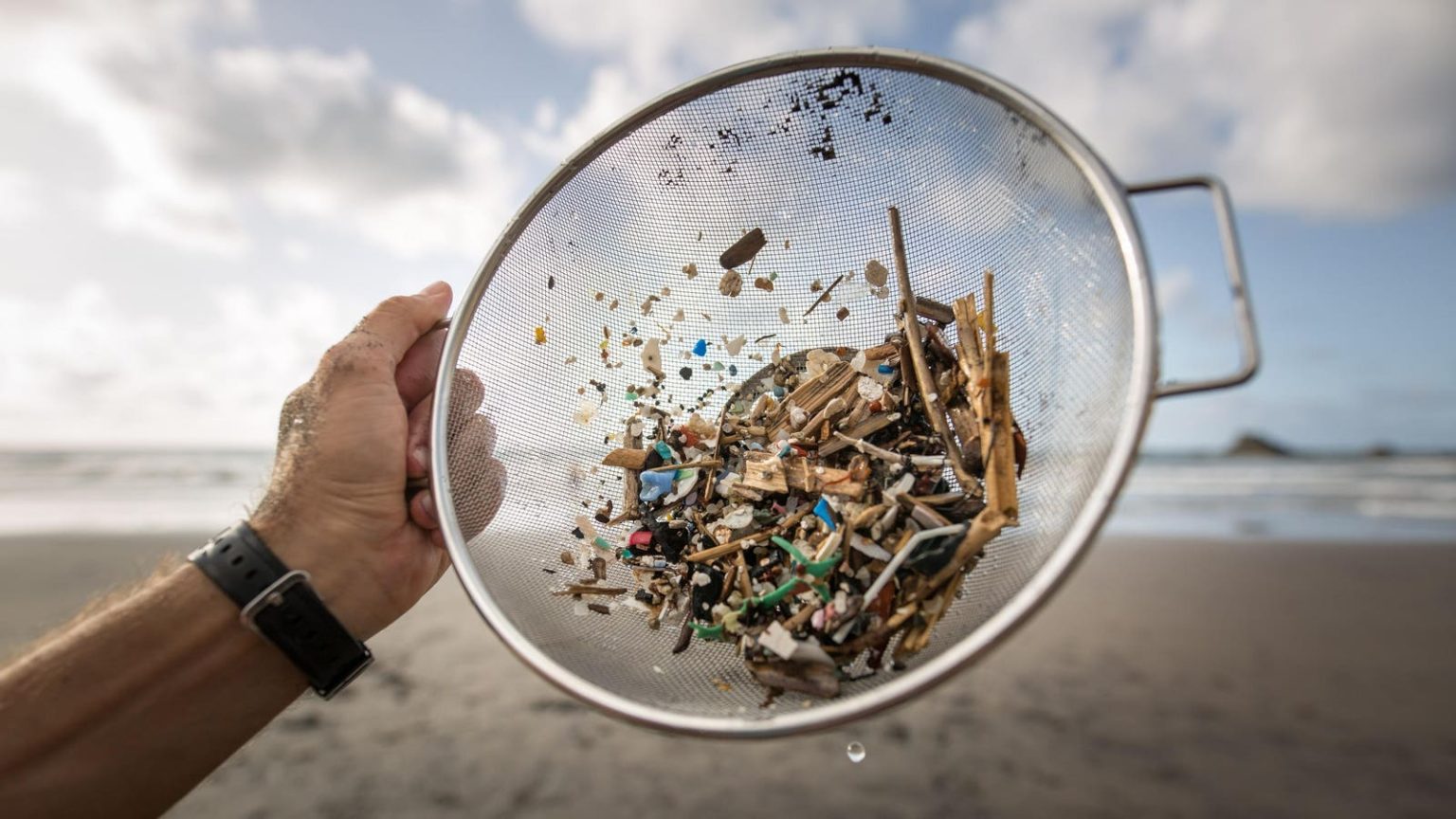Plastic pollution has become a global crisis, with researchers from the University of New Mexico uncovering alarming evidence of microplastics and nanoplastics in the testicles of all human and dog participants in a recent study. These tiny particles, defined as plastic pieces under 5 millimeters in length, originate from the breakdown and disposal of consumer goods such as single-use plastic bottles and food packaging. They contaminate water sources through runoff and air through atmospheric release, with studies showing that microplastics can also be ingested through food consumption and leaching from containers.
Various research studies have highlighted the widespread presence of microplastics in the environment and human bodies. For example, Chinese scientists have detected microplastics in the hearts of people undergoing cardiac surgery, and Italian researchers have found plastic particles in fish intended for human consumption. The World Wildlife Fund commissioned a study that suggested the average person ingests approximately 5 grams of plastic per week, equivalent to the weight of a credit card. Further research indicates that individuals may consume at least 50,000 microplastic particles annually, with higher amounts associated with ultra-processed diets.
Concerns about the long-term health impacts of microplastics on humans have been raised, with studies linking these particles to inflammation, cancer, metabolic disorders, neurotoxicity, endocrine disruption, weight gain, insulin resistance, and reproductive issues. The recent discovery of microplastics in the testicles of both humans and dogs is seen as a significant finding that underscores the urgent need for policymakers to address plastic pollution. Researchers believe that the presence of these particles in the male reproductive system may be connected to the global decline in male fertility, particularly sperm count.
The issue of plastic pollution dates back to the 1970s when scientists first identified small plastic particles in the ocean. Since then, the discovery of the “Great Pacific Garbage Patch” and increased public awareness campaigns have brought attention to the problem of ocean pollution. Research in recent years has focused on tracking the origins and pathways of microplastics, their impacts on ecosystems, and their infiltration into living organisms. Petrochemical companies have come under scrutiny for their role in producing single-use plastic waste, with a study revealing that over half of the world’s plastic waste originates from just 20 companies, with ExxonMobil identified as a major contributor.
Overall, the prevalence of microplastics in the environment and human bodies highlights the urgent need for action to address plastic pollution. With mounting evidence of the harmful effects of these particles on human health, policymakers and industries must take decisive steps to reduce plastic production, improve waste management practices, and protect ecosystems from further contamination. The findings of the University of New Mexico study serve as a wake-up call for society to prioritize sustainability and environmental stewardship in order to safeguard our health and the planet for future generations.


